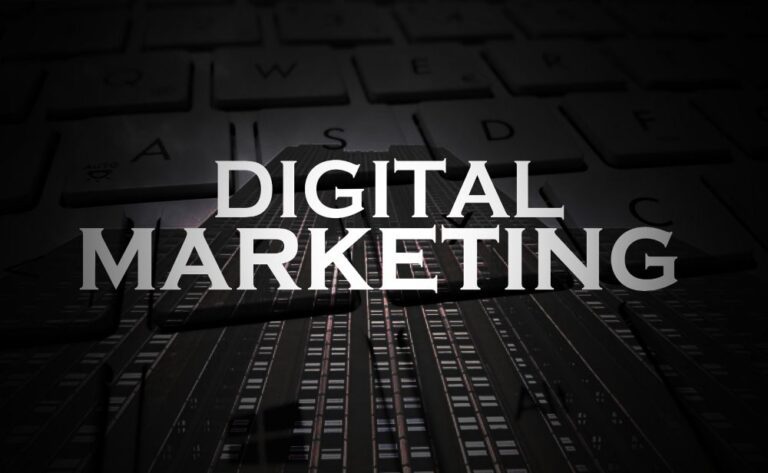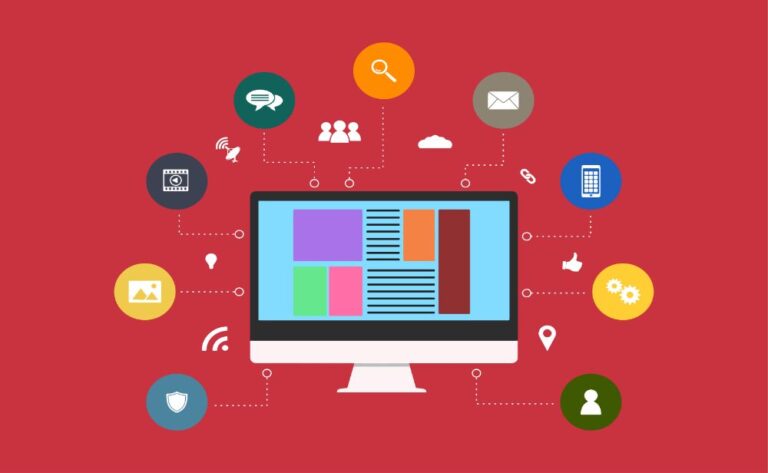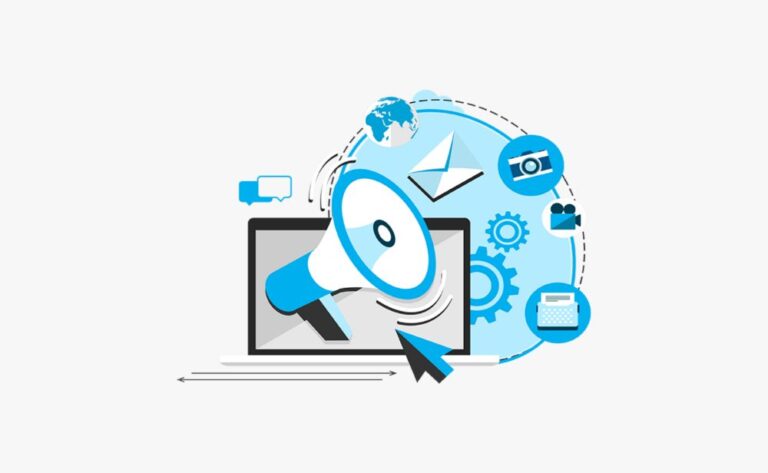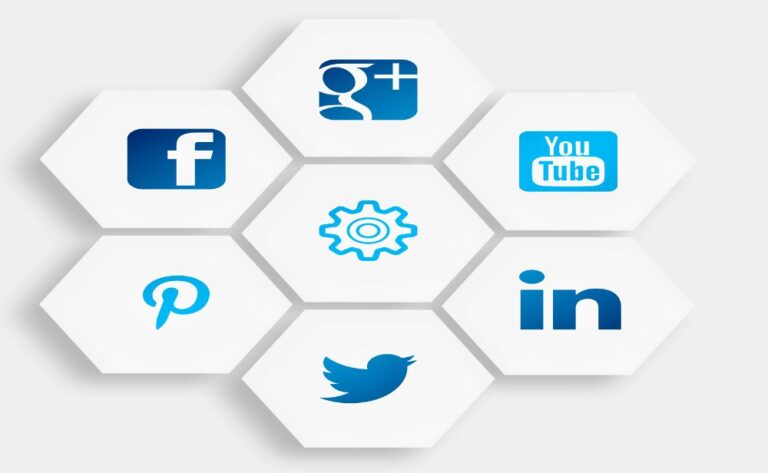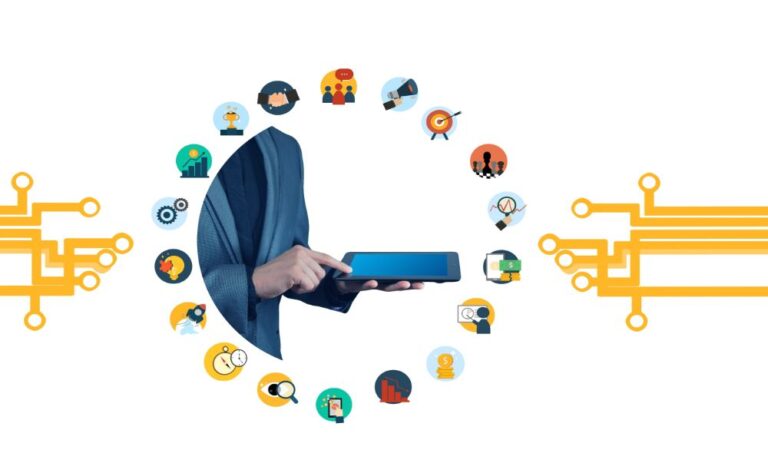Marketing with QR Codes: A Unique Way to Bridge Offline and Online Media
QR codes, which stand for “Quick Response,” have been in use since the 1990s. Since then, there have been no significant advancements made to the technology; nonetheless, in this age of smartphones and 5G connectivity, its application has at last become widespread. In addition, governments’ responses to the COvid-19 pandemic have featured prominently, which has contributed to QR codes’ increased visibility in the general public.
In terms of digital marketing, brands couldn’t be in a better position than they are right now to make use of QR codes.
So how exactly these QR do codes function? Why have they gone into hiding since the year 2022? What are the steps to making your own? And how are companies currently making use of them?
A brief overview of the use of QR codes in marketing
Denso Wave, a Japanese automobile business, was the company that came up with the QR code in 1994 with the intention of using it to track vehicles as they were being produced. The contrasting black and white pieces used in the board game Go served as an inspiration for their unusual appearance.
Each QR code has its own one-of-a-kind arrangement of squares and white space, often known as the “quiet zone.” Because of this, each QR code can be traced back to a specific piece of online data. The codes can also be read in any direction, which means that the user may swiftly scan them using their smartphone and get at the web page they were looking for in a matter of seconds.
A restaurant, for instance, may generate a QR code using the URL that directs customers to their menu. When a customer scans the code, they have the option of being taken directly to the page that contains the menu.
A typical barcode, such as the kind that can be found on packaged goods sold in supermarkets, only contains information throughout its horizontal plane.
Data can be encoded in both rows and columns of a QR code, and the code can be decoded by using a scanner. These scanners are now commonly seen embedded right into smartphones.
In the years leading up to the COVID-19 epidemic, there was a general consensus that QR codes had not lived up to their full promise. They offered a number of clear advantages, such as the fact that it is not expensive to produce QR codes, consumers save time using them, and businesses are able to monitor their level of popularity. However, these advantages did not prove to be sufficient enough to persuade people to adopt a new behavior.
Nevertheless, the Covid-19 outbreak has thrust QR codes to the forefront of public conversation. The following chart demonstrates that QR codes have arrived at their time of glory:
A poll conducted by MobileIron indicated that 83 percent of American customers had scanned a QR code at least once, and 72 percent of respondents have scanned a QR code during the previous month.
The generation of these codes can be accomplished by virtually anyone with little effort.
There are services available without charge, such as the QR Code Generator and the Wix QR Code Creator; however, larger brands that place a premium on security often go with a paid service, such as Beaconstac.
There is no question that businesses may benefit from utilizing QR codes in some way. They have the ability to eliminate a number of steps in the user experience and lead clients directly to the information that they are looking for.
But are there any more imaginative use for this format that you can think of?
Promotional Examples of QR Codes
1. Coinbase: An Eye-Catching Example of Simplicity
Advertising during the Super Bowl brings in a lot of money. Because a single 30-second advertising slot can cost a brand tens of millions of dollars, it is in the company’s best interest to maximize the return on that investment.
Typically, this implies that corporations will choose for high-profile celebrity cameos and pricey productions, as can be seen in some of the most successful commercials during the Super Bowl.
In its advertisement during Super Bowl LVI, Coinbase presented viewers with nothing more than a bouncing QR code, which completely disproved the conventional notion.
Users were able to receive access to $15 worth of free Bitcoin by scanning the code, provided that they signed up for an account with Coinbase.
This QR code marketing effort was followed up by the corporation on its social media channels in order to provide background information for the bare-bones Super Bowl commercial.
It is reported that Coinbase spent $13 million on the sixty second commercial break.
However, if gaining attention was the primary objective for Coinbase, then they most certainly accomplished their goal. Because of the enormous spike in user activity, the Coinbase app failed shortly after the advertisement went live.
Why did Coinbase’s marketing campaign succeed?
It is a time-honored maxim in the field of advertising that companies should operate in a manner that is countercultural. Apple debuted white headphones at a time when every other firm only offered black ones. If everyone else is drawing a ‘X’, draw a ‘O’.
Spending $13 million on a 60-second ad slot and then filling it with a bouncing QR code seems like it would be a waste of money. That is the very reason why it is successful. Given the current prevalence of QR codes, it seems only natural to make one of them the focus of the presentation.
The proposition is straightforward while also being quite alluring. It first piques the interest of the customer and then presents them with a compelling cause to sign up for an account.
2. Adidas: QR codes that include geo-location information
When Adidas introduced its new Pulseboost HD line, the company included a QR code on the tongue of each sneaker in the collection. Users who scan the code will be taken to a Spotify playlist that features music that is relevant to the area in which they are now located. The relationship between Adidas and Spotify was first formed so that Adidas could compile a series of playlists for a number of different big cities. Since then, Adidas has expanded the agreement so that it now includes the addition of QR codes to t-shirts and hoodies. Additionally, the variety of playlists continues to expand.
The incorporation of geo-location information demonstrates that QR codes are more than only stand-alone gates to a URL. They have the potential to direct consumers to material that is more tailored when paired with other data.
Why is it that the Adidas campaign is so successful?
It takes into account the requirements that the user has at the present time. It is difficult to go through an app to select the appropriate playlist when you are out running. When a user scans this QR code, they will be brought directly to a lively collection of music from their own town or city. (It is reasonable to assume that the user will temporarily stop operating in order to scan the code.)
Through their connection with Spotify, Adidas will also benefit greatly from this, since it will enhance their engagement with their customers.
3. A Creative Collaboration using QR Codes from Louis Vuitton
Louis Vuitton collaborated with the artist Takashi Murakami to design a series of one-of-a-kind QR codes that were executed in the artist’s signature manner. Customers were encouraged to visit the new handbag collection that had been co-designed by Takashi Murakami and Louis Vuitton by having them scan a code that was distributed as part of a campaign that was run in Japan.
Why is it that the campaign is successful?
It takes the familiar (and from an aesthetic standpoint, rather worn out) format of the QR code and brings it to life in a completely new way. The designs created by Murakami are readily identifiable, yet in this setting, they take on an unexpected quality.
Users will have a fair notion of what to anticipate when they visit the Louis Vuitton site because the design also has a nice tie-in with the new handbag cooperation that was just announced.
4. Lacoste: Integrating Television and Online Shopping
According to a survey conducted by 2021, 36% of customers in the United States have previously used QR codes as a way of payment, and 53% of consumers said they will use QR codes as a method of payment in the future. This makes perfect sense: QR codes enable customers to easily make the transition from desiring a product to actually possessing it.
When Lacoste included a QR code to its advertisements during the French Open tennis tournament in 2019, the company demonstrated that it was already aware of this possibility and was prepared to capitalize on it.
The organization makes significant investments in the player sponsorships it provides in the expectation that fans will be inspired to model their own play after that of their heroes. In this particular illustration, Lacoste positions a QR code just beside Novak Djokovic, allowing fans to scan the code in order to shop the on-screen ensemble that he is wearing.
Many other companies have started doing the same thing. In the United States, CVS pharmacies have begun accepting payments via QR codes, and we should anticipate that more fashion labels will include this option in their social media livestreams in the near future. The process of making online payments still has some challenges, but QR codes have the potential to drastically reduce these issues.
Why is it that the Lacoste marketing is so successful?
This QR code is presented to the user at a point in time when there is an increased likelihood that they will make a purchase. The directions are easy to understand, and the discount code makes the purchasing process simpler. Lacoste discovered that QR codes are a particularly effective way to bridge the gap between the online and offline worlds.
5. DIESEL: Check for Authentication Using a Scanner
Jeans that are not authentic are a significant challenge for the fashion brand DIESEL. It frequently discovers that counterfeiters flood the market with imitation versions of their items, thereby lowering the value of the brand and tarnishing its reputation.
QR codes offer a sophisticated approach to addressing this difficulty. DIESEL incorporates QR codes into its jeans, which when scanned, take the user to a record confirming the origin of the goods. It is a reliable indicator of the item’s validity, and because each pair has its own distinct code, it is impossible to replicate them.
There is still an issue with counterfeit jeans, but the counterfeit versions can no longer credibly claim to be the real thing.
QR codes are also utilized for the purpose of authentication in a wide variety of other businesses. Prooftag affixes QR codes to bottles of premium wine and spirits, so enabling customers to ascertain the origin of the products they have purchased. This is helpful in the event that the consumer intends to resell the bottle, as the subsequent purchaser will be able to confirm the origin of the product.
Why is it that the DIESEL marketing is successful?
DIESEL protects the value of its brand by utilizing QR codes as a means of doing so. It maintains records of each product, and the QR code serves as a portal via which users can access these records. On the other hand, the code is also an external display of validity that can be scanned by everyone. Using a straightforward technological method is a shrewd technique to combat the problem of counterfeiting.
The advantages of utilizing QR codes for commercial purposes
These examples demonstrate that QR codes have a significantly greater potential for use in marketing than one may immediately believe. They are easy to get, inexpensive, and lend themselves to a wide variety of applications. It is now common practice for companies to employ QR codes in their marketing campaigns; therefore, you should consider how you may also use them to achieve the following:
• Simplicity that draws the eye
• Personalization that is geo-located
• Creative collaborations
• A link between television and online shopping
• Product authentication


